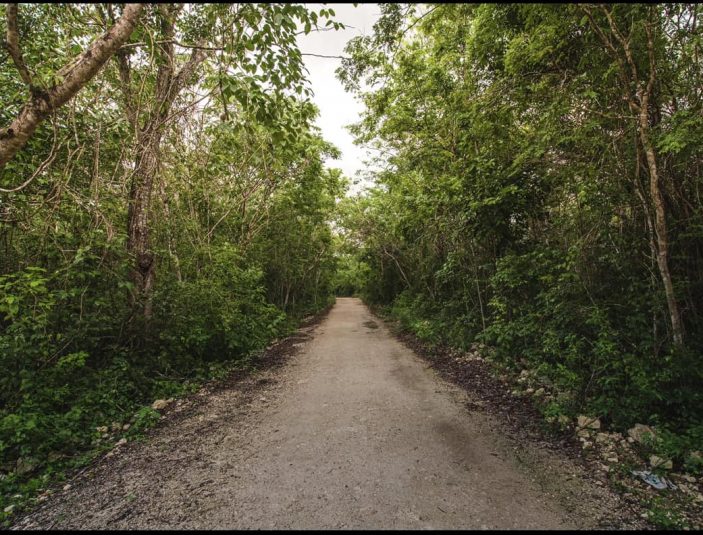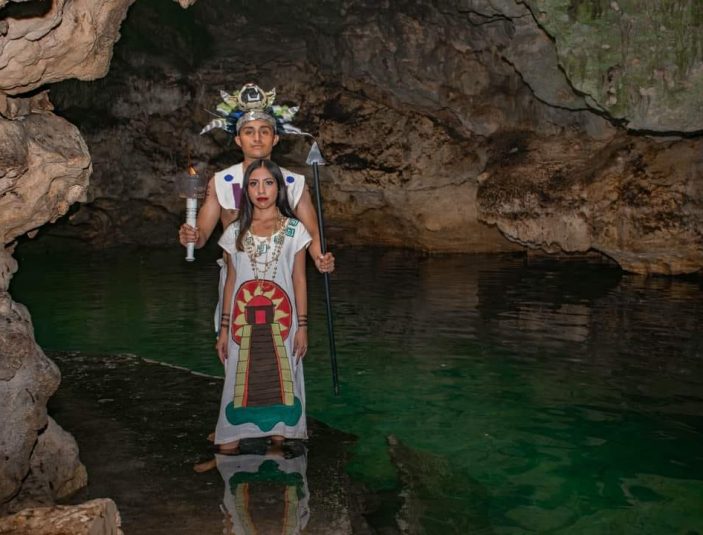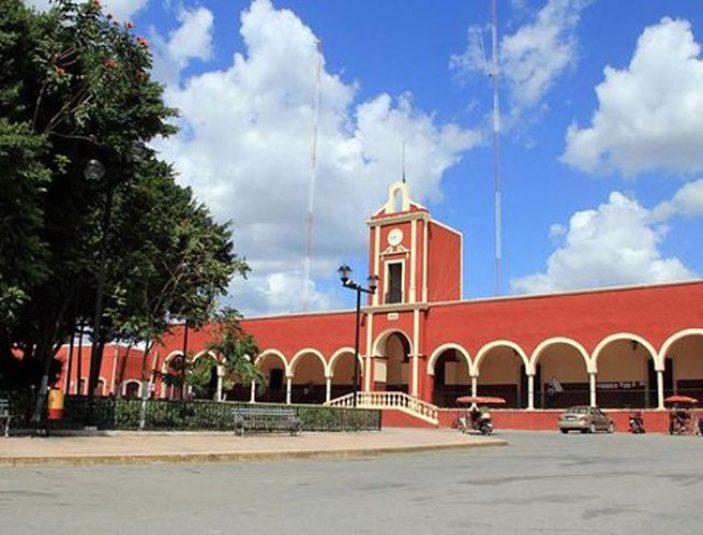About
During pre-Hispanic times, the site where this town stands today belonged to the province of the Cupules. With the arrival of the Spaniards, in 1549 Espita (“Little water”) was converted into an encomienda.
Some of the historical architectural monuments that can be appreciated in Espita are the San José temple, built in the 18th century; the former Franciscan convent from the beginning of the 16th century, and the Municipal Palace, all three buildings are located in the main town.
This municipality located in the east of Yucatan has a cultural, architectural, gastronomic and natural legacy full of experiences to discover. Much of the cultural wealth of the municipality lies in the work of its artisans, who, following the family tradition, produce highly appreciated products such as bejuco baskets, wood carvings, honey-derived sweets, cross-stitch embroidered clothing, hammocks, among others.
Espita, a town of pre-Hispanic origins, with a great ethnic and cultural mix, the village has beautiful buildings such as the parish of San José.
Must-sees
 San José Temple
San José TempleSan José Temple
The construction of this magical temple began at the beginning of the 17th century and has a completely Franciscan style.
Hacienda and Cenote Kancabá
This hacienda used to cultivate the famous “green gold”, which is henequen, a plant whose natural fibers are shredded to make threads and fabrics for domestic, commercial, agricultural and industrial use. Currently it has been adapted to offer lodging and access to the cenote located inside.
 Ya'axche Celestial trails
Ya'axche Celestial trailsYa'axche Celestial trails
In this recreational center you can enjoy a private, family, natural, pet-friendly and environmentally friendly environment. It also offers camping and cabins, not to mention that the cenote hats'uts is the main attraction as a holistic experience.
Rancho Santa Maria Aktuntoh
The tour includes a guided visit to a small subway spring where you can descend into the cave. During the visit to the spring you will be able to admire the structures of the cave as you descend to the water mirror where you can bathe and exfoliate with clay found at the bottom of the spring.
 Cenote Dzonotoch
Cenote DzonotochDzonotoch Cenote
Beautiful semi-open cenote that you have to know and you can not miss, a wonderful place ideal for a pleasant time, has caves with impressive stalactites and stalagmites.
It is a project dedicated to the promotion of the use of natural resources through sustainable development.
Ixchel Gardens
Enjoy the pleasant experiences that are lived in the gardens of Ixchel, the facilities offer the services of swimming pool, hammocks, lounge chairs and outdoor tables for an enjoyment of nature. Different types of therapeutic and relaxation massages, dance and yoga workshops are offered.
 Municipal Palace
Municipal PalaceMunicipal Palace
The construction of the municipal palace began in 1841 and was completed in 1855. At the beginning the building did not have a central tower, Don Marcos Peniche Navarrete, a distinguished gentleman from Espiteño, who was also a political leader, described that in the place where the tower now occupies a clock, there was a triangle which were common in the buildings of that time, in that triangle was written the date of 1881 as evidence of the reconstructions prior to the construction of the tower.
Gastronomy
 Espita Market
Espita MarketEspita Market
In the Espita market you can find a great variety of Yucatecan food, such as salbutes, panuchos, cochinita pibil, tamales, beans with pork, chaya with eggs, etc., as well as sweets and waters.
Kots’ob
Kotsób is a noun that comes from k'ots' which means (to roll/wrap), it is a tamale made of dough and inside it contains ground seeds, ibes, among other ingredients, this dish is wrapped in xmakulán leaves, known as hoja santa.
Xupik
If you visit Espita you have to try this dish, also known as “xpak' ik”, or in Spanish “adobo de pollo en chile”, enjoy this and other dishes of the region, in the traditional kitchens.
